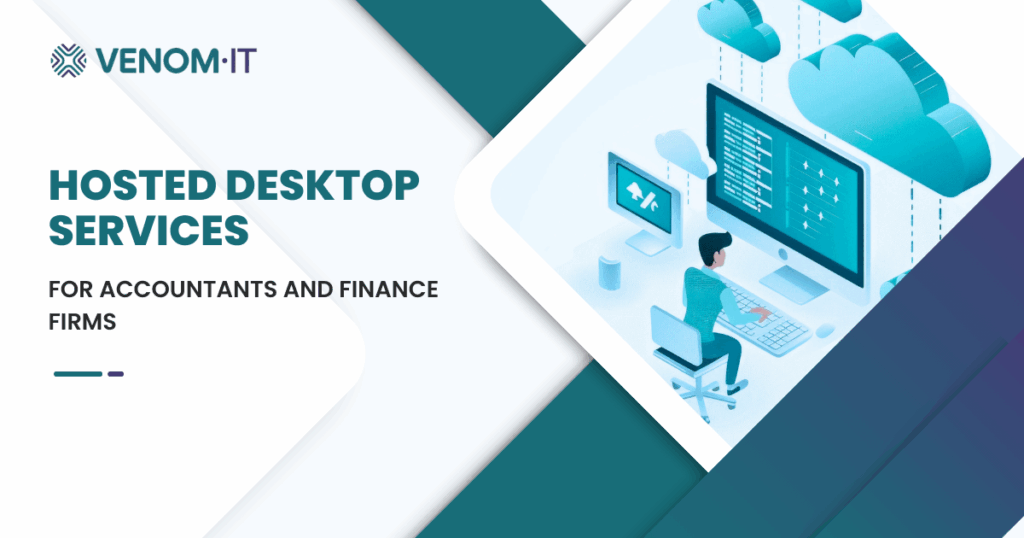
IT infrastructure management services: What you need to know
June 11, 2025What on earth are IT infrastructure management services?
OK, don’t panic, this is nowhere near as intimidating as it sounds. IT infrastructure management services involve managing the right physical IT solutions to help your business achieve its key objectives as efficiently as possible. That’s it.
Think of it like planning and building a house. An architect doesn’t just make sure the foundations are solid and the roof doesn’t leak. They fit every single element together perfectly, inside and out. From planning the drainage to ensuring there are enough plugs in each room. Similarly, good IT infrastructure management dovetails the details of your business’s IT needs to ensure minimal downtime and maximum productivity.
As part of IT managed services, it can cover anything from your desktop to your data centres, security, servers, mobile devices and cloud-based services.
How IT infrastructure management helps your business
The whole point of IT infrastructure management is that it starts with what you need to achieve, i.e. your corporate objectives. It then works backwards to the IT solutions that you’ll need to build, run and maintain to make them happen. That includes:
- Hardware and software;
- Operating systems;
- Data management and storage;
- Internet, networking and telecoms;
- Systems integration;
- Capacity monitoring;
- Physical and virtual assets, and;
- Facilities and environmental issues.
But it’s not just about provisioning: it’s also about configuration. The infrastructure service helps make sure that each physical component in your system is working together in complete harmony. That includes – and goes well beyond – asking questions like “are the hard drives big enough?” Or “can this firewall provide security and user experience necessary for the business?”
What’s more, your IT infrastructure management team will proactively manage any issues related to your network and connectivity. They maintain and monitor your devices. And they take care of your asset lifecycle management. They also put in place the kind of scalable processes that you need to ensure more manageable growth.
Dividing IT Infrastructure management into four services
To understand the breadth of the tasks covered by this subject, sometimes it helps to break down IT infrastructure management services into four different categories.
Systems management
Ultimately, systems management covers the management of a wide range of processes, including:
- preventing and detecting intruders;
- integrating applications and services between the data centre and a business’ hybrid cloud environment.
Improving these processes should really start as early as possible because once perfected they are far easier to scale with the business.
Network management
Network management, in essence, is all about making sure your business’ network has the resources and security to operate effectively. That includes protecting against malicious actors and data breaches, but it also includes making sure applications and services run properly.
Storage management
As the name would suggest, storage management focuses on your data. Moreover, it could include anything from virtualisation to data compression, and the two priorities are security and agility. Effective storage management supports the reduction of data processing times and allows the business to quickly refocus resources where necessary. It can also protect against data loss or theft with features such as data replication and mirroring.
Lifecycle management
Lifecycle management covers the procurement, deployment, management and retirement of your physical assets:
Procurement
This starts by looking at a business’ hardware strategy and forecasts to determine how many units they will need. Then it involves assessing the hardware itself to ensure it can do the job required of it, before configuring it to remove any bloatware (e.g. with a fresh Windows install).
Deployment
Once this has been completed, the asset needs to be deployed to the physical location where it is going to be used. You have to tag the asset according to its owner, and install any proprietary software or bundles. You also need to account for any troubleshooting, which could affect between 1-4% of your new fleet.
Management
Of course, you now have to keep your hardware up to date, and it will also need upgrading eventually. But trying to upgrade the RAM for 500 laptops is more than a matter of mere logistics. It requires genuine expertise.
Retirement
Eventually, as the hardware nears the end of its lifespan you must notify its user that you will be decommissioning the machine. But you must also analyse it to transfer any connected devices to the replacement hardware. Any accounts on the machine must be signed-out, and the data either wiped or kept before the hard drive is destroyed.
What are the benefits of IT infrastructure management?
Funny you should ask! What IT infrastructure management services do very well is work behind the scenes to optimise your business. They ensure that your team has always got the right machine for their job, that it’s updated and connected with all the other devices that they need to be productive. They’re able to reduce downtime by ensuring repairs are done much faster. Additionally, they can identify and respond to threats in real-time. And make sure your service doesn’t drop below an agreed level.
Not only that, but the service allows you to streamline your day-to-day processes through automation, capacity planning and real-time reporting. This additional level of flexibility lends itself to more successful, proactive management of your IT systems. And because they’re doing that, your experts can get on with what they do best.
If you have ever used a member of your team in a dual IT support role, that final point probably hits closest to home. The question is not whether you could find a solution to IT issues yourself. Everyone has Google. The question is how long you’re prepared for the problem haver and the problem solver to be out of action while the problem gets sorted. Outsourcing your IT infrastructure management makes things much simpler.
The issue you have to Google is one that the IT team probably solves 47 times so far this year. In short: there is a very sizable difference between amateur and expert IT advice and service.
To learn more about how you can make the most of cloud services to support, enhance or protect your IT infrastructure, contact us for a free trial or demonstration.
Related News


9 min read


8 min read


4 min read